
Forklift Brake - A brake where the friction is supplied by a set of brake shoes or brake pads which press against a rotating drum shaped unit referred to as a brake drum. There are a few particular differences among brake drum types. A "brake drum" is commonly the explanation provided when shoes press on the interior surface of the drum. A "clasp brake" is the term used in order to describe when shoes press against the outside of the drum. One more type of brake, referred to as a "band brake" uses a flexible belt or band to wrap round the exterior of the drum. Where the drum is pinched in between two shoes, it can be known as a "pinch brake drum." Similar to a typical disc brake, these kinds of brakes are rather uncommon.
Previous to the year 1995, old brake drums needed constant adjustment periodically to be able to compensate for drum and shoe wear. Long brake pedal or "Low pedal" travel is the hazardous end result if modifications are not carried out sufficiently. The motor vehicle could become hazardous and the brakes can become ineffective when low pedal is mixed along with brake fade.
There are various Self Adjusting Brake Systems offered, and they could be categorized within two major kinds, RAD and RAI. RAI systems have in-built equipments which prevent the systems to be able to recover if the brake is overheating. The most popular RAI makers are Bendix, Lucas, Bosch and AP. The most famous RAD systems include Ford recovery systems, Volkswagen, VAG, AP and Bendix.
The self adjusting brake will usually just engage whenever the forklift is reversing into a stop. This method of stopping is suitable for use where all wheels utilize brake drums. Disc brakes are utilized on the front wheels of motor vehicles today. By functioning only in reverse it is less possible that the brakes will be applied while hot and the brake drums are expanded. If adjusted while hot, "dragging brakes" could happen, which increases fuel expenditure and accelerates wear. A ratchet device which becomes engaged as the hand brake is set is one more way the self repositioning brakes may work. This means is only appropriate in functions where rear brake drums are utilized. Whenever the parking or emergency brake actuator lever exceeds a certain amount of travel, the ratchet advances an adjuster screw and the brake shoes move in the direction of the drum.
There is a manual adjustment knob located at the base of the drum. It is usually adjusted via a hole on the other side of the wheel and this requires getting underneath the vehicle utilizing a flathead screwdriver. It is of utmost significance to be able to move the click wheel correctly and modify each wheel equally. If uneven adjustment takes place, the vehicle could pull to one side during heavy braking. The most efficient way in order to ensure this tiresome task is accomplished carefully is to either raise each and every wheel off the ground and hand spin it while measuring how much force it takes and feeling if the shoes are dragging, or give every\each and every one the same amount of clicks utilizing the hand and then perform a road test.
![]() Click to Download the pdf
Click to Download the pdf
Forklift Parts
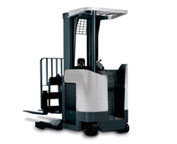
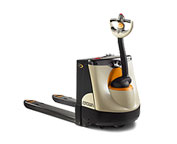
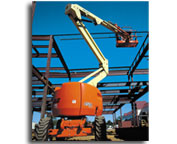
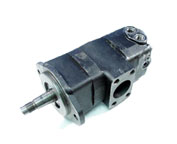
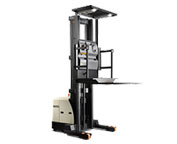
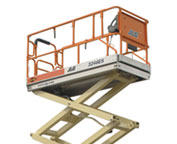

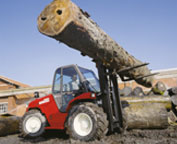
Lift Parts Express
TOLL FREE: 1-888-695-7994
LOCAL: 562-274-7605
13337 SOUTH ST 567
Norwalk, California
forkliftpartsnorwalk.com
Email Us
About Us



